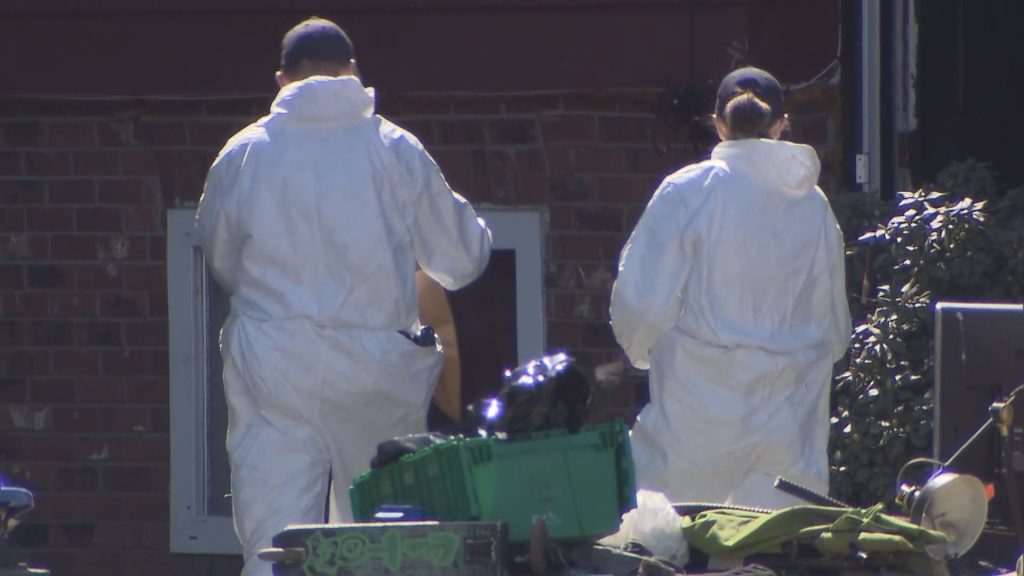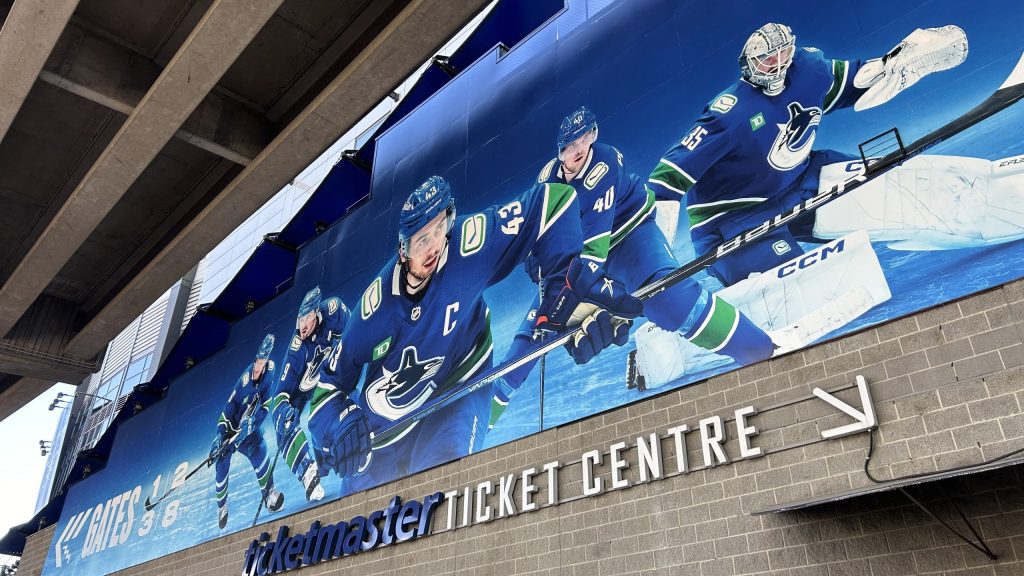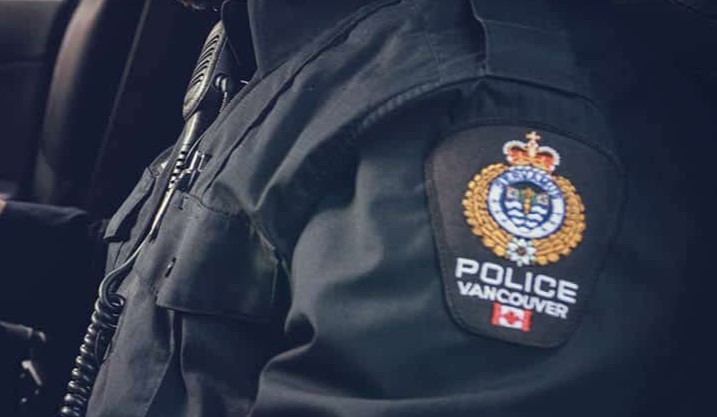Mounties say crooks passing fake polymer bank notes in British Columbia
Posted May 16, 2013 7:14 pm.
This article is more than 5 years old.
VANCOUVER – Less than two years ago, the head of the RCMP said Canada’s new polymer bank notes would go a long way in deterring the threat of counterfeiting.
Just last month, the Bank of Canada announced the notes’ sophisticated transparency and holography made them “the most secure bank note series ever issued” by the institution.
Too bad somebody forgot to tell criminals in British Columbia.
Mounties and municipal police in Metro Vancouver are warning the public that several of the fake $100 bills have been detected in the region over the past few weeks.
The fanfare about the security features on the bills, may be part of the problem, said RCMP Sgt. Duncan Pound.
“Because the polymer series’ notes are so secure … there’s almost an overconfidence among retailers and the public in terms of when you sort of see the strip, the polymer looking materials, everybody says ‘oh, this one’s going to be good because you know it’s impossible to counterfeit,'” he said.
“So people don’t actually check it.”
Pound declined to identify where the notes have turned up, but the Vancouver Police Department has confirmed in an email that one $100 note was passed in the city’s downtown April 26 and reported to police on May 6.
Staff Sgt. Paul Hyland of the New Westminster Police Department said an unidentified male used two $100 bills in a grocery store April 26 and another individual tried to deposit five $100 notes in a bank May 4.
The police have not yet identified the male in the April 26 incident, he added, and they don’t believe the individual who tried to deposit the cash was aware the bills were counterfeit.
Hyland said the bills used in his city lacked raised print in areas where it was required and a flag was missing from an image of a building.
“What our forensic identity member said was that these bills were designed to fool people, in that if you had one or two of these bills you probably could not tell, but if you had one of these counterfeit bills next to a legitimate bill it would be quite obvious that they are not real,” he said.
The Bank of Canada introduced the polymer bank-note series in June 2011, stating they contained unique features to improve security.
Specifically, the new notes include two transparent areas: the first extends from the top to the bottom of the notes and includes complex holographic features, and the second is in the shape of a maple leaf.
Then-Bank of Canada governor Mark Carney said in a statement at the time the new notes were more secure, economic, and better for the environment.
“These new and technically innovative notes will go a long way to deter the threat of counterfeiting in coming years,” added RCMP Commissioner William Elliot in a media release at the time.
The bank issued the notes in November 2011, the $50 notes in March 2012, and the $20 notes in November 2012. This past April, the bank unveiled the $5 and $10 notes.
Pound said since the polymer series was announced in 2011, police have confirmed 56 polymer counterfeit notes across Canada, out of about 500-million polymer notes in circulation.
According to a Bank of Canada checklist, consumers should look and feel for several security features to ensure the bills are legitimate.
The bank states that among the features of a legitimate $100 polymer bill are a transparent window with a finely detailed metallic portrait, a building and words, sharp colour changes in the metallic building, and numbers matching the note’s value when looking through the frosted maple-leaf window.
Consumers can also feel raised ink in several areas on the bill.
If consumers are still not sure whether the bill is legitimate, they can compare the note with a genuine.
Pound said the repercussions of counterfeit bills go well beyond the value of the notes themselves.
“The real damage it does is it damages confidence, right, it damages the confidence of the public, if they start thinking, ‘OK, there’s something wrong with the notes,'” he said.
“It damages the businesses, where businesses start to suspect that everything is then counterfeit and it just sort of has that impact on confidence, which is hard to measure.”










